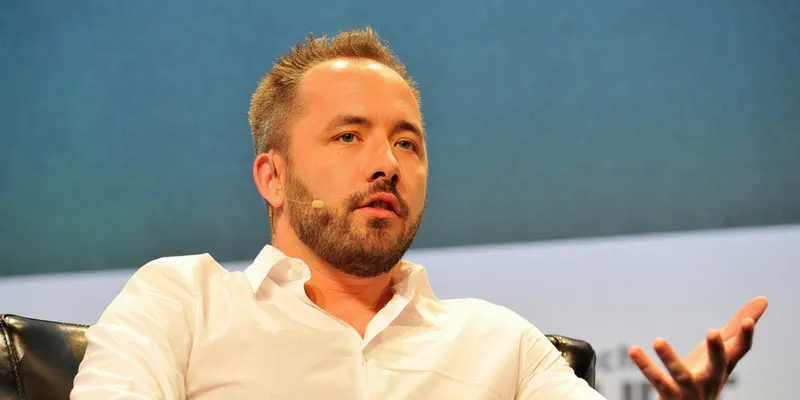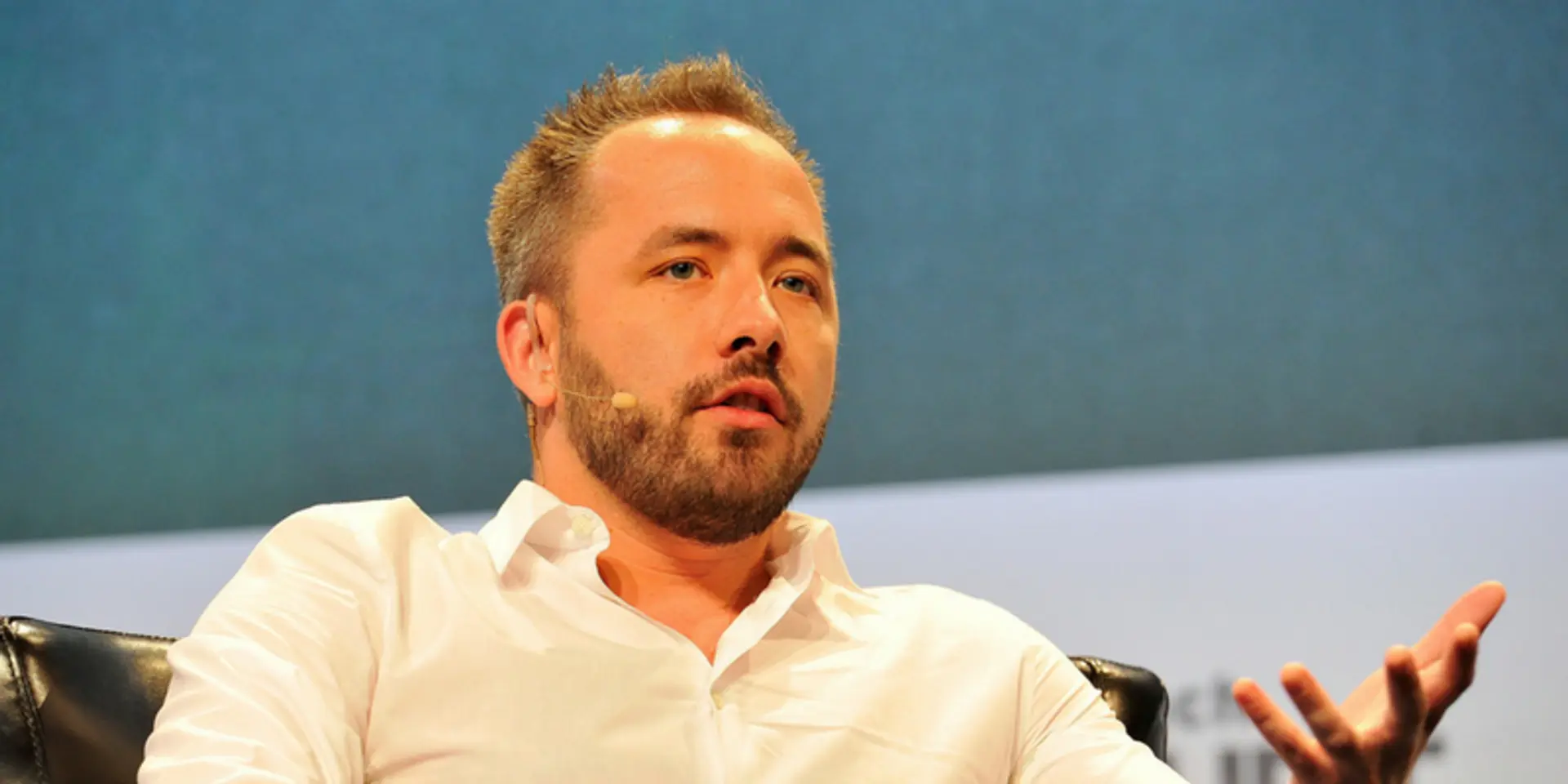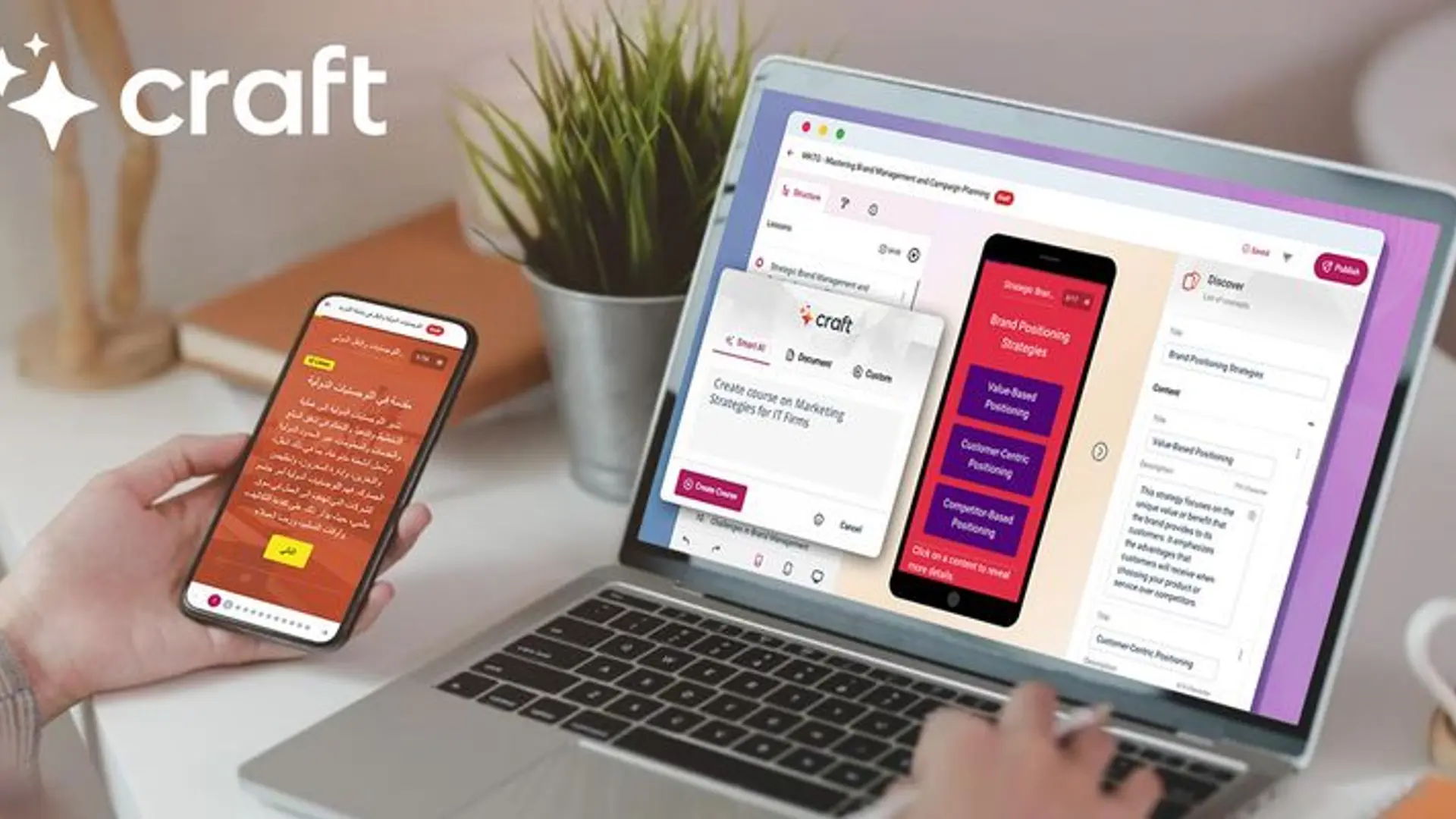Dropbox beats Wall Street expectations in first quarter as a publicly traded company
File storage and sharing company Dropbox beat nearly all Wall Street expectations in its first quarterly earnings report as a publicly listed company. The company announced that it earned a total revenue of $316.3 million, a 28 percent increase year-on-year, as well as increasing its paying subscribers to 11.5 million versus 9.3 million for the same quarter last year. Dropbox also revealed that its average revenue per paying user rose to $114.30 from $110.79 in the same period last year; however, increasing administrative costs related to the IPO as well as high R&D expenses meant that the company’s net GAAP loss ballooned to $465.9 million from $33.4 million in Q1 2017.

Nevertheless, Dropbox Co-founder and CEO Drew Houston was upbeat about the quarter’s results. In an SEC filing detailing the quarterly report, he said, “2018 has already been a banner year for Dropbox, and we’re proud of our strong first quarter as a public company...Growth in paying users and increased adoption of premium plans helped drive first-quarter revenue of $316 million, up 28 percent year-over-year. We continued to add value to our platform with new product features and enhanced our ecosystem through partnerships with Salesforce and Google. Our team is focused on building a great business for the long-term, and we’re excited about the opportunities ahead of us.”
Since its debut in Y Combinator’s accelerator and incubator programme in 2007, Dropbox has seen steady growth over the years. However, after its IPO on March 23 this year gave it a market cap of over $10 billion, the company faced criticism that it had been overvalued. The Q1 2018 results from the company should be enough to silence even the harshest of those critics. On an analyst call to discuss the results, Drew said, “We didn’t need to go public to raise money...We’ll use the proceeds to continue investing in growth and the product portfolio.”
Dropbox has adamantly insisted on operating its own data centre infrastructure to operate its storage and collaboration services rather than rely primarily on a public cloud like Amazon Web Services. Drew has said the practice helps the company achieve cost advantages and improvements in profit margin as well as exert more control over infrastructure changes needed to boost performance and products. He told CNBC, “As compute becomes a bigger part of our workloads, as machine intelligence becomes a more important part of that workload, having that flexibility to control every layer of the stack is a big advantage.”
Dropbox is now increasingly finding itself in competition with the likes of big tech firms like Google and Microsoft as it strives to diversify its product offerings. The company debuted a word processing programme called Dropbox Paper last year (with limited success), it has simplified its core cloud storage plans and services even further for users, and has even partnered with Google to integrate elements of G Suite, the search giant’s family of cloud computing, productivity, and collaboration tools, software, and products.
Despite these diversifications from its core business, the company has a positive outlook for the coming months, expecting $328 million to $331 million in revenue in Q2 2018, at a non-GAAP operating margin of 9-10 percent. The company also told investors it expects to end the year with about $1.3 billion in total revenue, a 9-10 percent non-GAAP operating margin, and free cash flows of $340 million to $350 million.







